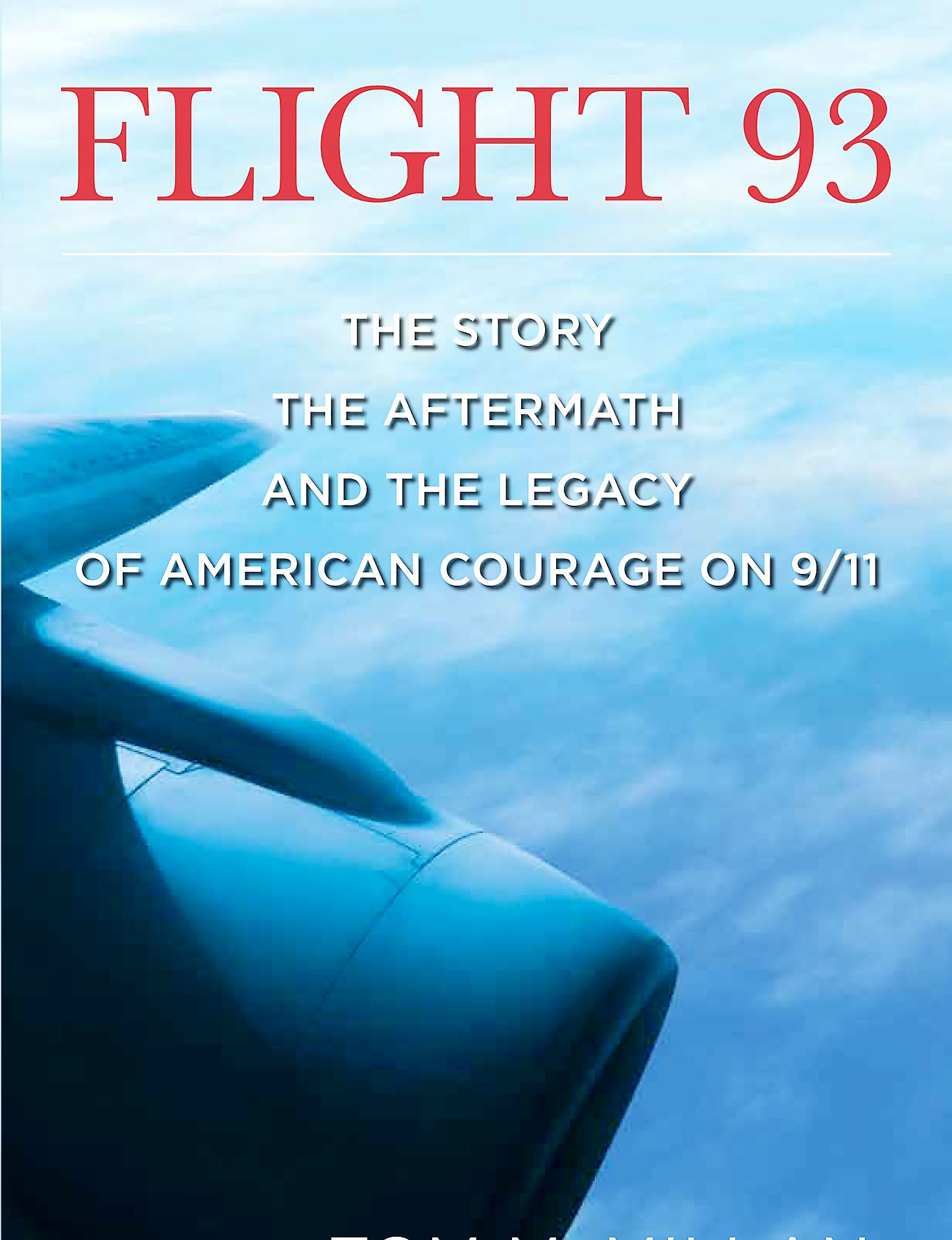eReviews Dyman Associates Book Publishing Inc: Book Review - Girl in the Dark by Anna L... - 1 views
-
 louielarkin on 27 May 15This memoir is wonderfully written, beautifully arranged, and a heart-wrenching but hopeful masterpiece. "Something is afoot within me that I do not understand, the breaking of a contract that I thought could not be broken, a slow perverting of my substance." Anna was living a pleasantly ordinary life, working for the British government, when she started to develop her sensitivity to light. At first, her face felt like it was burning whenever she was in front of the computer. Soon this progressed to intolerance of artificial lights, then of sunlight itself. The reaction soon spread to her whole body. Now, when her symptoms are at their worst, she must spend months on end in a dark room covering window and door cracks, and mummified in layers of light-protectant clothing. She spent her days in the dark talking to people on the phone, watching TV during short periods out of her blacked-out room by looking at its reflection in a mirror, making word games to keep herself occupied, but usually she got through audio books. Lyndsey discovered she could go out for a walk at dawn and dusk for about an hour without it affecting her skin, and her husband made a covering of black felt for the back of the car so they can drive somewhere else, such as a forest, during daylight hours, ready for a sunset walk. Despite everything, Anna's husband named Pete stays around with her. Pete brings some light, although only of the emotional kind, into her life. She feels she should leave him, but is incapable of doing so unless he asks her to go - and thus far, he has not. "That is the miracle that I live with, every day," she writes. With gorgeous, lyrical prose, Anna brings us into the dark with her, a place where we are able to see the true value of love and the world.
louielarkin on 27 May 15This memoir is wonderfully written, beautifully arranged, and a heart-wrenching but hopeful masterpiece. "Something is afoot within me that I do not understand, the breaking of a contract that I thought could not be broken, a slow perverting of my substance." Anna was living a pleasantly ordinary life, working for the British government, when she started to develop her sensitivity to light. At first, her face felt like it was burning whenever she was in front of the computer. Soon this progressed to intolerance of artificial lights, then of sunlight itself. The reaction soon spread to her whole body. Now, when her symptoms are at their worst, she must spend months on end in a dark room covering window and door cracks, and mummified in layers of light-protectant clothing. She spent her days in the dark talking to people on the phone, watching TV during short periods out of her blacked-out room by looking at its reflection in a mirror, making word games to keep herself occupied, but usually she got through audio books. Lyndsey discovered she could go out for a walk at dawn and dusk for about an hour without it affecting her skin, and her husband made a covering of black felt for the back of the car so they can drive somewhere else, such as a forest, during daylight hours, ready for a sunset walk. Despite everything, Anna's husband named Pete stays around with her. Pete brings some light, although only of the emotional kind, into her life. She feels she should leave him, but is incapable of doing so unless he asks her to go - and thus far, he has not. "That is the miracle that I live with, every day," she writes. With gorgeous, lyrical prose, Anna brings us into the dark with her, a place where we are able to see the true value of love and the world.






